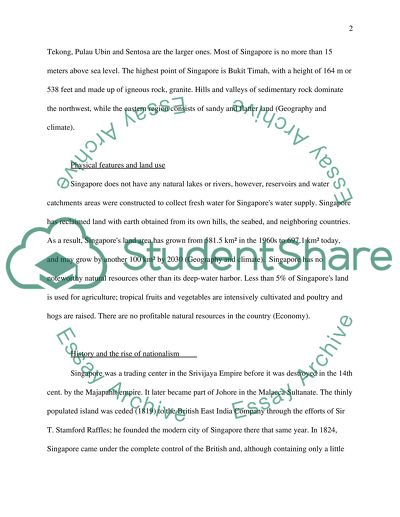Cite this document
(“Singapore Essay Example | Topics and Well Written Essays - 2750 words”, n.d.)
Retrieved from https://studentshare.org/history/1530006-singapore
Retrieved from https://studentshare.org/history/1530006-singapore
(Singapore Essay Example | Topics and Well Written Essays - 2750 Words)
https://studentshare.org/history/1530006-singapore.
https://studentshare.org/history/1530006-singapore.
“Singapore Essay Example | Topics and Well Written Essays - 2750 Words”, n.d. https://studentshare.org/history/1530006-singapore.


